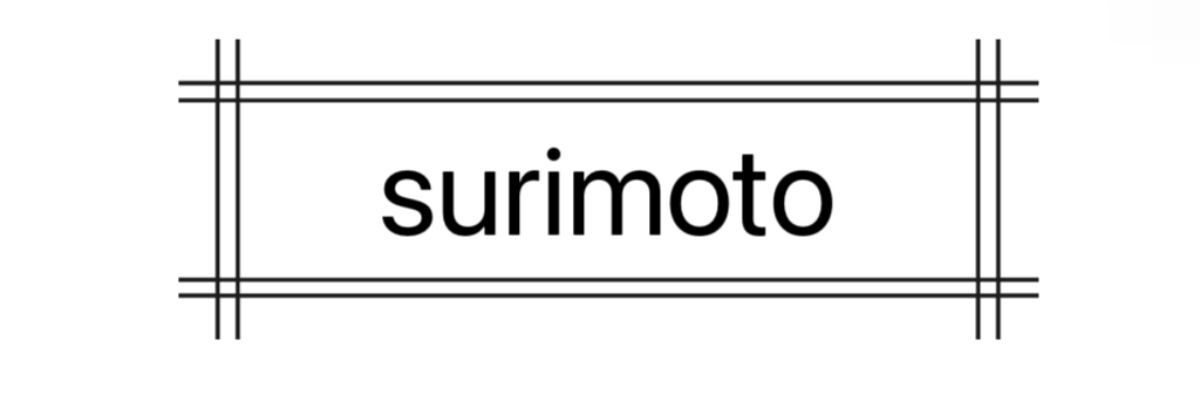How Polyester Fiber Felt Reshapes Sustainable Design Choices?
Nov. 15, 2024
How Polyester Fiber Felt Reshapes Sustainable Design Choices
Polyester fiber felt is rapidly becoming a key player in the realm of sustainable design, fundamentally altering the approach to materials in various industries. Its unique properties, derived from recycling and innovative production techniques, make it an appealing option for designers, architects, and manufacturers striving to minimize their environmental footprint while maximizing functionality and aesthetic appeal.
The sustainability aspect of polyester fiber felt hinges on its material makeup. Traditionally, polyester is derived from petroleum-based sources, but advancements in technology allow for the recycling of plastic bottles and other plastic waste into high-quality fibers. This transformative process not only diverts waste from landfills but also reduces reliance on raw materials, promoting a circular economy.
A significant feature of polyester fiber felt is its versatility. The fabric can be employed in a multitude of applications, from interior design elements to consumer products. This adaptability makes it attractive to designers who seek sustainable options without sacrificing innovation and style. Brands are increasingly integrating polyester fiber felt into their lines, recognizing its potential to implement sustainable practices while appealing to eco-conscious consumers.
Moreover, the durability of polyester fiber felt contributes to its sustainability credentials. Unlike other materials that degrade quickly, polyester felt is resilient and long-lasting, reducing the need for frequent replacements. This longevity not only helps to decrease waste but also provides a cost-effective alternative for businesses. Companies can source from reputable manufacturers, such as a felt strip supplier, ensuring quality while adhering to sustainable practices.
Another highlight of polyester fiber felt is its acoustic properties, making it an ideal material for applications that require sound absorption. Architects and designers are now employing it in commercial spaces, home interiors, and public environments to create quieter, more comfortable spaces. With a growing trend towards healthier living and working environments, polyester fiber felt can play an instrumental role in shaping the future of architectural design.
Additionally, polyester fiber felt is easily customizable, allowing designers to create vibrant colors and unique textures that align with their creative vision. This customization invites collaboration among industry professionals, leading to exciting new innovations and trends that prioritize sustainability without compromising on style or functionality. A trusted source for such customization is a reliable pet felt fabric supplier, who can provide a range of options to suit diverse design aspirations.
In conclusion, as the design industry continues to evolve with a greater focus on sustainability, polyester fiber felt stands out as a transformative material that reshapes our choices. Its recycled origins, durability, versatility, and acoustic advantages offer compelling reasons for designers to integrate it into their work. As the movement towards sustainable design gains momentum, embracing materials like polyester fiber felt could lead us towards a greener future.
248
0
0


Comments
All Comments (0)